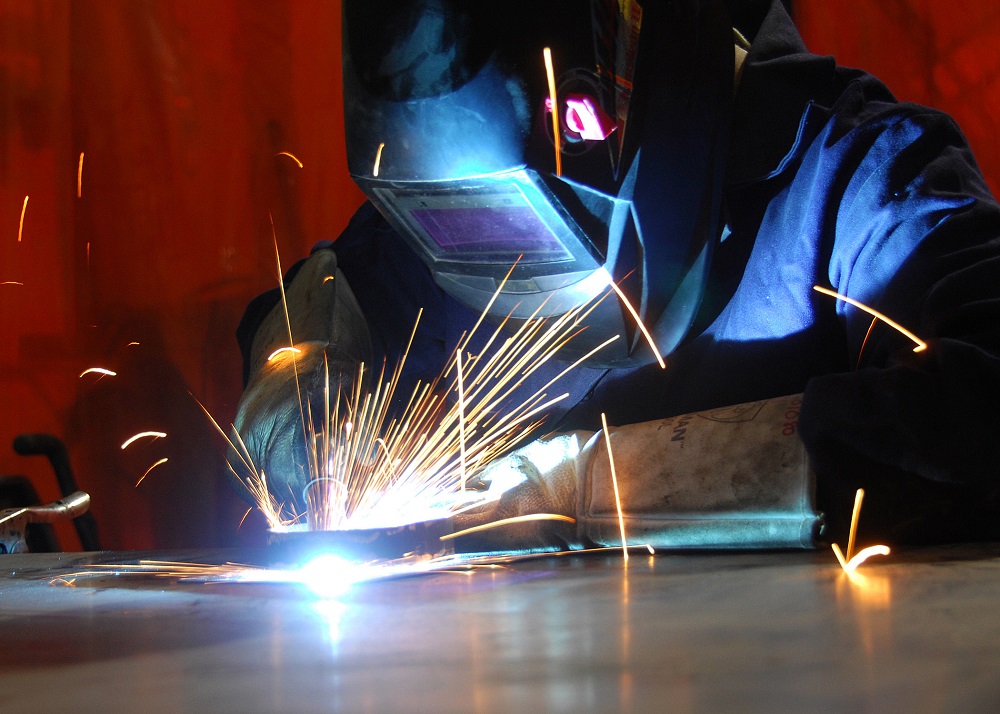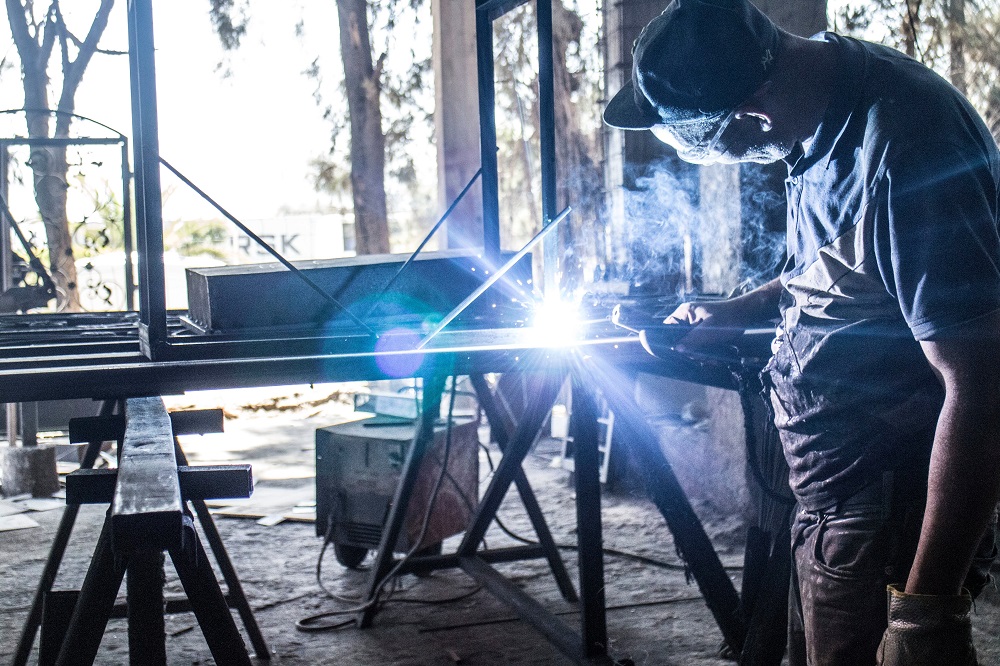Everything You Need to Know About Metal Fabrication

In a society where costs are constantly increasing, companies have created a way to manufacture products by effectively whilst reducing costs and increasing productivity. A very critical part of the manufacturing process in industries is known as metal fabrication. It is basically the shaping of metals and alloys into products that can be used both in industries and for household purposes. Nowadays computer Numerical method is used for metal fabrications. You can also get custom metal fabrication services like metal stamping, notching, corrugating and embossing.
#1. Use of Metal Fabrication in Everyday Life:
An engineer’s work of metal fabrication is not only limited for industrial use but is also of great use in one’s day to day life. Foils used to wrap food, compact disks, paper clips, electric power lines, kitchenware, metal fabricated staircases; metal fabricated chairs are just some of the examples of how metal sheets are used in one’s daily life.
#2. Industries That Require the Use of Metal Fabrication:
Most industries require metal fabrication but there are some industries that use metal fabricated products more the others. The furniture industry, architecture industry, oil and gas industry, automotive industry is to name a few.
#3. Types of Metal Fabrication:
The most common fabrication process is as follows:
- Cutting: Although the traditional way of cutting was with a saw, there are various other ways of cutting in today’s world. Some modern methods of cutting are water jet, laser and plasma cutting. The amount one is willing to spend helps them choose the method of cutting they are willing to use.
- Folding: A brake press is the most commonly used method for folding. The brake press contains a mechanism called a die which bends the metal by clamping it down. However, brake press can be used for specific methods and it depends on the dies shape and its movement.
- Machining: The machinery used in this method is a drilling machine which helps in the removal of the metal from the material. While using a lathe the material is repelled while in the case of a drill tool, the fixed piece rotates in various ways.
- Punching: The punch and the die are the main components of the punching process. A whole is made in the metal where the die cuts through. The punch and the die are chosen depending on the whole size. Punching is used for many purposes such as blanking which is removing the desired portion from the main piece.
- Shearing: The process of making a long cut on a sheet metal is known as shearing.
- Stamping: Although it is similar to the process of punching it is not the same. In stamping, the metal is not cut out but rather it is raised and does not go through the metal.
- Welding: The process of joining two metal pieces is known as welding.

#4. Advantages of Metal Fabrication
There are many advantages of metal fabrication
- Firstly, it is very cost effective because industries can mass produce their own parts. Companies reduce their costs by hundreds and thousands of dollars by manufacturing their own products.
- Secondly, the rate of error is greatly decreased because companies have actual control over what they are producing. Nor does it reduce the rate of error but it also increases consumer satisfaction and customization.
- Thirdly, the metal is stronger because of the processing it has been through.
- Fourthly, the metal is resistant to heat and has high melting points again because of the processing it has been through.
Therefore, metal fabrication is a very important and useful skill in the manufacturing industry. It is also very rewarding because of its wide variety of advantages and cost-effectiveness. It is widely used by most industries and for a plethora of reasons. Metal fabrication will continue to make the industries grow.